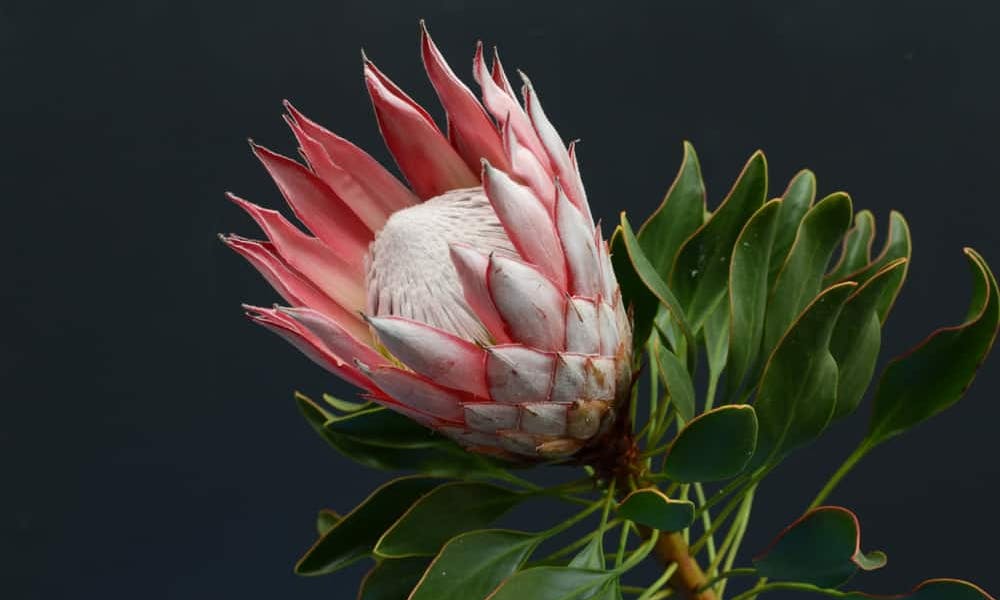Flowers are a symbol of peace, beauty, and love. They are the perfectly perfumed soul of a garden, and they showcase nature. A tropical flower is a category of flowers that perfectly exemplifies beauty at its peak.
In this article, the following points are going to be discussed:
* What is a Tropical Plant
* Types of Tropical Plants
What is a Tropical Plant?
This is a plant that grows best in a tropical climate. A tropical climate is one that has zero frost days, and it is normally humid and hot. The temperature of a tropical climate usually exceeds 65 degrees Fahrenheit.
Towards the north of the equator where the temperature is usually cold, you can still grow the plant by first planting them in-doors, and then taking them outdoors during summer, when the temperature is usually warmer.
If you want to grow tropical plants commercially in colder climates, it is important that they’re grown in greenhouses.
Tropical plant is a common term that is often used to describe plants that thrive best in an environment similar to the tropics.
Types of Tropical Plants
Hibiscus: A tropical hibiscus flower brings a unique vibe to your garden. The hibiscus flower blooms continually during its blooming season, provided that it’s well-watered, and it is placed in an area with ample sunshine. Just like with some tropical flowers, the flowers attract butterflies.
There are numerous varieties of hibiscus, and each variety has its own characteristic shape, color, and morphology.
The color variants for hibiscus are colors pink, yellow, purple, white, and multicolor.
Bromeliad: Bromeliad belongs to the family bromeliaceae, which is a large and popular family. Some other plants in this family include Spanish moss and pineapples. Despite the exotic appearance of bromeliads, they are extremely rugged plants that can survive in extremely harsh weather conditions. The plant absorbs water from the air with its specially designed scales.
To grow bromeliads in your garden, first, pot it with an airy orchid mix. Since they grow as epiphytes, repot the offshoot that forms because the parent plant dies after flowering.
Clivia Plant: This plant is sometimes referred to as natal lily. Gardeners love this plant because it doesn’t require much care. It can also thrive well on the dry side, as it requires just a small quantity of nutrients to survive. It is the best tropical plant to have if you’re not good at caring for flowers.
Chenille Plant: This tropic plant grows easily if it has access to light and water. Chenille is also called red-hot cattail. You may need to improvise with a grow light if you want it to thrive in winter.
Orchid: The orchid family has over 10,000 species and 100 genera. Orchids are quite difficult to grow, so if you haven’t had enough success growing this plant, you may have to consult with a botanist/gardener.
Some orchids don’t thrive in standing water; thus, you may need to use a chunky bark-based growing mix. When choosing a pot for the plant, ensure that it is one with good drainage holes. This prevents it from being over-watered.
For your orchid to grow, ensure that the temperature of the environment is moderate, and add filtered light.
Jasmine: Jasmine is a plant that adds height and fragrance to your garden. It produces flowers from spring to early fall. You may want to keep this plant inbound by pruning it regularly, as it has a very vigorous but slender vine.
To have healthy jasmine, it is important that you continuously water the plant, and keep it in a humid environment.
Jasmine is best appreciated indoors, as it makes the environment cool and gives it bright but indirect light.
Ginger: Ginger is a great choice for gardeners who have little access to sunlight. However, they need a humid and hot environment to thrive.
A type of ginger is red bracts of the awapuhi, which is an ingredient for premium shampoos.
Ginger can’t survive in an environment where the temperature is below 50 degrees Fahrenheit. As such, it is important that you move them indoors when the temperature falls below that threshold.
Protea: Protea flowers have a shape that looks like a cross between a thistle and an artichoke. Protea flowers stand out in tropical flower arrangements because of its last long. Protea flowers are drought-tolerant, leathery, and quite fuzzy. They are more frost tolerant when compared with other tropical leaves. It needs regular sunshine to thrive; as such, you must ensure that you plant it in an environment with great access to sunlight.
Anthurium: Anthuriums thrive exceptionally well in a humid environment. The flowers come in colors white, pink, red, and burgundy hues. The bracts have a shiny surface that gives it a lacquered look that is easily noticed in dappled sunlight. If you want them to grow optimally, you must grow them in an environment with a temperature below 40 degrees Fahrenheit, and moist soil.
Mednilla: This plant is also called pink maiden. It is quite exceptional from tropical plants because it grows best in a shady area of the garden. If you have an orchid, treat mednilla in the same manner. Mednilla grows in the wild as an epiphyte.
To grow mednilla, water it sparingly and pot it in orchid bark. You should also ensure that it is in an environment with moderate temperature and dappled sunlight. Ensure that you water mednilla on a daily basis to ensure that it thrives.
Angel’s Trumpet: If you want a plant that brings a smile to your face daily, then you should plant the angel’s trumpet.
It has a variegated cultivar that makes it a delight to watch even when it’s out of bloom. Plant angel’s trumpet in a large container as it can grow very large if the condition is perfect. Plant in fall, and bring indoors for the winter.
